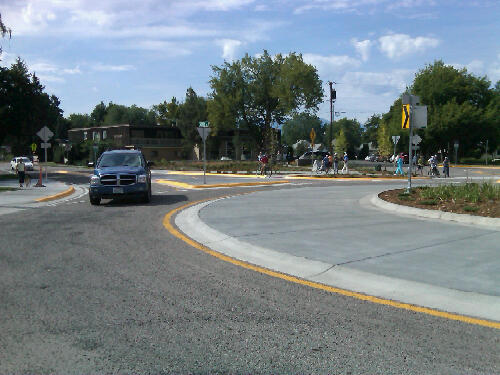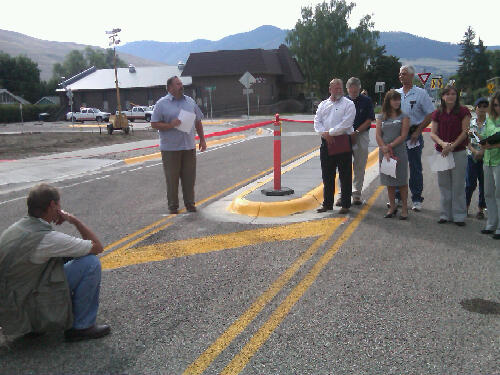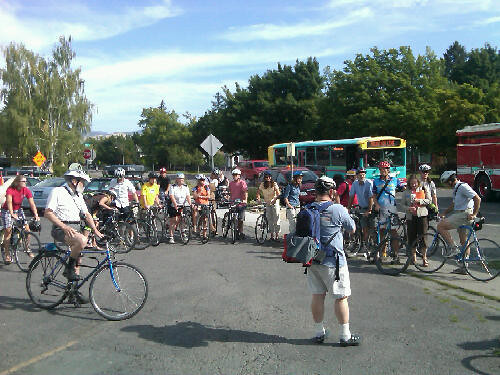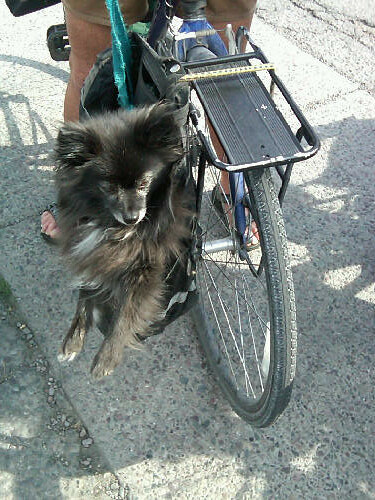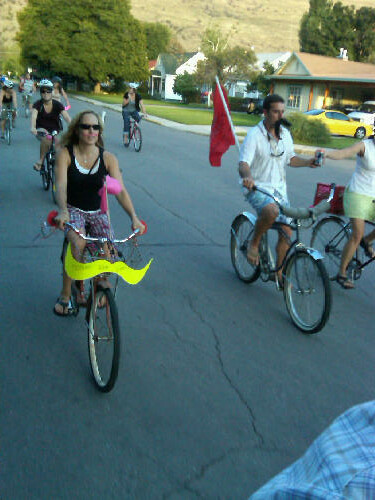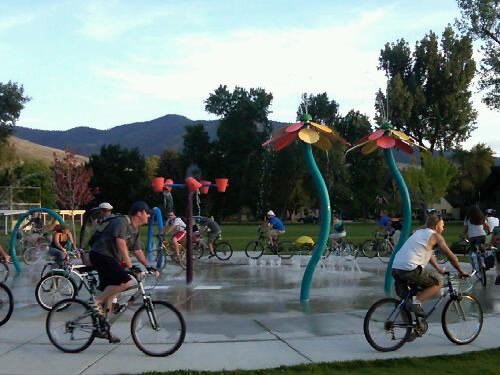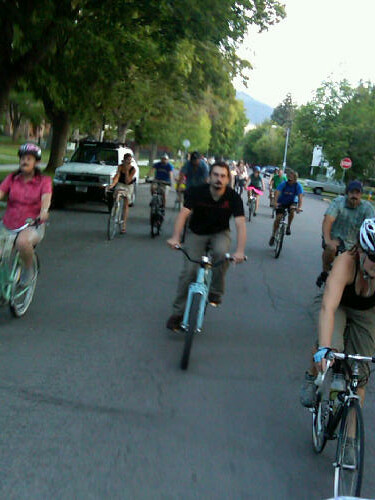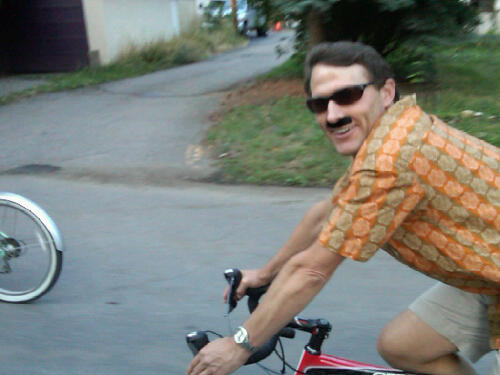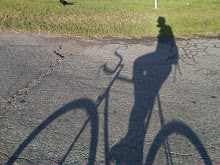I finally made it through
Death and Life of Great American Cities the other day and can move on with my life. I'm embarrassed to say that I started reading Jane Jacobs' classic last spring while there was still snow flying.
While the book is showing its age, especially regarding discussion about banks and housing projects (now that most housing projects have been or will be torn down). Nut overall
Death and Life is still a very important piece of literature.
Jane Jacobs obviously takes a lot of pride in the small details that make up a city, the parks, people, sidewalks, building facades, and local entrepreneurs that make up a city. The small details are what matter the most when it comes to building a community with a sense of place and character and it is precisely these most important small details that planners often over look.
That is the inherent contradiction of planning, it is a profession that takes a look at the big picture for the most part, and until recently when collaborative planning has become part of the process, the small details that make a community thrive were missing from planners' radars. That is way the collaborative process is so important, to fill in gaps in knowledge and design that planners might not have access to.
The book is a big proponent of cities as "organic" structures that are not stagnant but alive and constantly in flux. As such, organic growth of neighborhoods, associations, relationships, and the urban structure of cities are what make fro vibrant and strong cities and not massively scaled urban renewal projects that attempt to sanitize an area.
She doesn't spend much time on the car, other than to emphasize the positive feedback the car's influence on city design has on the erosion of vibrant and diverse cities. Cars must be designed for, and in
accommodating the use of cars, forces a
separation and spreading out of what used to be mixed-use areas because of the pressures of moving and storing vehicles.
Her message from all this critique is simple; that people have to take back the planning process from government
bureaucrats that don't have a city's or neighborhood's best interests in mind. Ideas such as Radiant City and Garden City design must be thrown out and replaced with something that actually expresses the reality of people's needs and psychology.
I guess since planning will be my profession I need to heed her words even though the planning process has significantly changed since the book was originally written.



